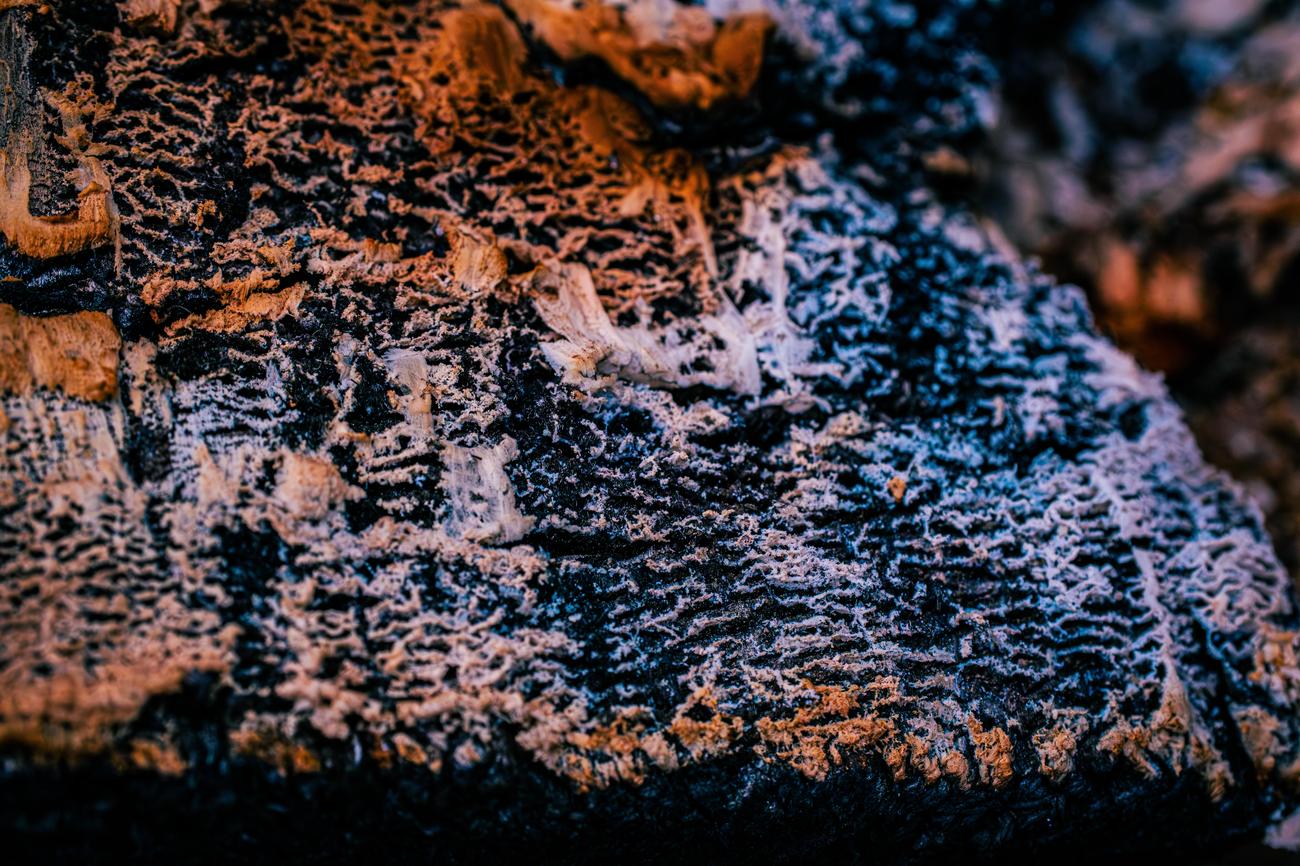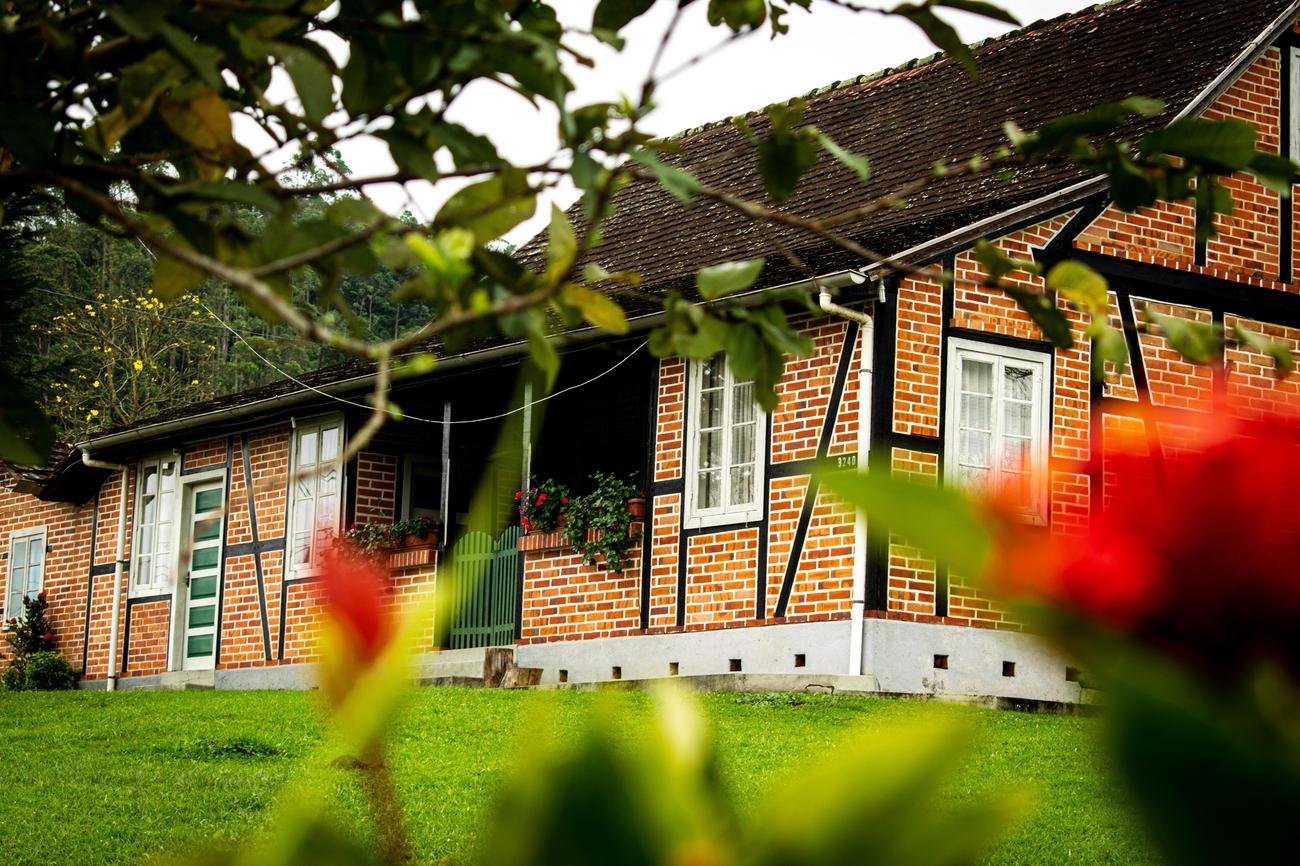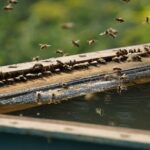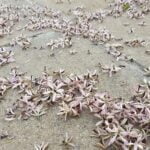Are you ready to dive into the mysterious world of termite colonies? Join me, an experienced entomologist and expert in insect behavior, as we uncover the mesmerizing secrets of these intricate societies. In this article, titled “The Secret Lives of Termite Colonies: Exploring Termite Population Dynamics,” we will embark on a fascinating journey to answer the burning question that has puzzled scientists and pest control professionals alike: How many termites are actually hiding behind the walls of a single colony?

How Many Termites Are In A Colony
Termites, those industrious and mysterious insects, are notorious for their ability to silently devour wooden structures. But have you ever wondered just how many termites are lurking within a single colony? In this article, we’ll delve into the secret lives of termite colonies and explore the fascinating dynamics of their populations.
Termites are social insects that live in colonies, which can range in size from a few hundred to several million individuals. The actual number of termites in a colony can vary depending on various factors such as the species, age of the colony, and environmental conditions. Typically, a subterranean termite colony in the U.S. contains between 60,000 and 1 million termites. That’s quite a remarkable number for such small creatures!
To fully understand the population dynamics of termite colonies, let’s dive a bit deeper. A termite colony can last for up to 100 years, which is a significant amount of time. However, it takes between 6 and 7 years for a colony to reach maturity. Just like humans, termites experience a complex lifecycle that includes different castes such as workers, soldiers, and reproductive individuals. Each caste plays a crucial role in maintaining the structure and functionality of the colony.
To establish new colonies, termites engage in a fascinating behavior called swarming. Swarming can happen anywhere on a property, and it involves reproductive termites taking flight in search of a suitable location to start a new colony. This behavior ensures the survival and expansion of termite populations.
One of the essential aspects of termite colonies is their communication system. Termites use chemical forms of communication to coordinate their activities and maintain the overall functioning of the colony. They leave scent trails behind them, allowing other termites to follow and locate food sources or nesting sites. This intricate system of chemical communication ensures the collective efficiency and survival of the colony.
Termites also have a unique social structure within their colonies. Multiple queens, including a primary queen and possibly secondary queens, are responsible for reproduction. These queens have the vital task of laying eggs and ensuring the growth of the colony. With such a distribution of reproductive responsibilities, termite colonies can thrive and multiply rapidly.
Now that we have a glimpse into the captivating world of termite colonies, let’s consider their ecological role. Termites are detritivores, primarily consuming dead plants at any stage of decomposition. They play a crucial role in the decomposition and recycling of wood and plant matter, contributing to nutrient cycling in ecosystems. Without termites, fallen trees and decaying plant material would accumulate, disrupting the balance of nature.
Moreover, it’s important to note that termites are not ants, although they may seem similar at first glance. Termites and ants are distantly related, each with their unique characteristics and behaviors. While both insect groups exhibit incredible social organization, termites have distinct population dynamics and ecological roles.
Termite colonies are found on all continents except Antarctica, with the highest diversity in the tropics. These incredible creatures have managed to adapt and thrive in various habitats and climates, showcasing their resilience and resourcefulness. The study of termite colonies not only provides insights into their fascinating biology but also contributes to our understanding of social insect societies as a whole.
In conclusion, the question of how many termites reside within a single colony is both intriguing and complex. Depending on various factors, termite colonies can contain anywhere from a few hundred to several million individuals. Their remarkable numbers, intricate communication systems, and distribution of roles and responsibilities allow these tiny creatures to thrive and shape ecosystems. So, the next time you encounter a termite, remember that it represents not just an individual, but a vital member of a colossal and remarkable community.
“Behind the scenes of a termite colony lies a hidden empire of thousands, or even millions, of termites working together towards a common goal. These small, social insects have mastered the art of cooperation and communication, creating a system that is both awe-inspiring and essential to the functioning of ecosystems.”
Termites may be small but they have some fascinating secrets to share! If you’re curious to know more about these incredible insects, we’ve got you covered. Explore our collection of 10 fun facts about termites and prepare to be amazed. From their impressive architectural abilities to their complex social structures, termites are truly remarkable creatures. Discover how they live, eat, and even communicate with each other. So, if you’re ready to dive into the world of termites, click here to check out our article: 10 fun facts about termites. Don’t miss out on this chance to broaden your knowledge and discover the surprising side of these tiny insects!
How Many Termites Are In A Colony
Curious about termite colony size? Ever wonder about the population of termite colonies and the number of termites in a termite colony? Well, you’re in luck! We have all the answers you need. Termite colonies can vary in size, and understanding the factors that influence colony size is important for effective pest control. If you’re interested in learning more about termite colony size, the population of termite colonies, or the number of termites in a termite colony, click here for more information. So, what are you waiting for? Click the links and embark on a journey to unravel the mysteries of termite colonies!
- termite colony size: Discover the secrets behind the vastness of termite colonies, and learn how this impacts their behavior and impact on buildings.
- population of termite colonies: Delve deep into the population dynamics of termite colonies and uncover the factors that contribute to their growth and survival.
- number of termites in a termite colony: Uncover the astonishing numbers behind termite colonies and gain insight into the social structure of these tiny creatures.
Dig into the fascinating world of termites by clicking the links provided above. Our comprehensive articles will provide you with in-depth knowledge about termite colony size, population dynamics, and the number of termites in a termite colony. Don’t miss out on this opportunity to expand your understanding of these remarkable insects. Happy reading!
My Termite Colony: Observations on the Growth of Workers
[youtube v=”TZ29kzgWFQ8″]
Introduction
Termites, often overshadowed by their ant counterparts, have proven to be equally fascinating creatures to observe. Unlike ants, termites are more closely related to roaches and boast their unique characteristics and behaviors. In this article, we dive into the growth and development of a termite colony, specifically focusing on the significant transformation of the workers. Join us on this journey as we uncover the captivating world of termites and their incredible colonies.
A Glimpse into Termite Growth
In a previous video, we witnessed the humble beginnings of a termite colony. Random termite nuptial flights resulted in the capture of numerous paired termite kings and queens. Placing these pairs into test tubes allowed for the hatching of tiny termite workers, which quickly grew under the careful watch of their attentive parents. These termite colonies belong to the termite genus Macrotermes and have a unique food source: fungus. However, there was one catch – the fungus relied on a specific termite fungus found only in the nests of these Macrotermes termites.
“These termite colonies proved to be different from the wood-feeding termites that we commonly associate with termite infestations. Instead, they depended on a symbiotic relationship with a particular fungus for sustenance.”
Understanding the Fungus Dependency
The exact process by which these termites cultivate their fungus gardens remains a topic of debate among termite experts. Some believe that the termites collect debris containing fungal spores from the environment, while others speculate that the spores are carried within hidden pockets on the kings and queens themselves. Remarkably, this hidden spore-containing mechanism resembles the behavior of fungus-eating ants. In an intriguing turn of events, a significant fungus garden was discovered growing in one of the test tubes. Curiosity led to the decision to bury the test tube, anticipating the possibility of witnessing the birth of a termite mound within this small terrarium.
“The observation of a flourishing fungus garden triggered a thought-provoking experiment that involved burying the test tube in soil to encourage mound formation.”
The Current State of the Termites
Now, let’s fast-forward to the present. To our amazement, the termite colonies have thrived, resulting in the emergence of massive workers with visible jaws. These workers showcase remarkable caregiving abilities, attending to the younger siblings with precision. Additionally, the kings and queens actively participate in this nurturing process. A significant batch of eggs is still waiting to hatch, promising the continuation of the termite colony’s growth.
“Termite colonies have evolved into robust communities, with the workers assuming critical roles in nurturing the next generation of termites.”
Incomplete Metamorphosis: A Unique Feature
Unlike ants with their larval and pupal stages, termites undergo incomplete metamorphosis. When termite nymphs hatch from their eggs, they resemble miniature versions of adult termites. Without the distinct developmental stages seen in ants, termites continuously grow in size. Witnessing the larger workers carrying eggs and nymphs within the test tube offers a glimpse into the intricate dynamics of the termite society.
“The absence of distinct developmental stages in termites highlights their unique growth process and the vital role of the workers in the colony.”
Nutritional Sources: Unraveling the Mystery
Macrotermes termites, being fungus-dependent, raise questions about their nutritional sources. While the specific food intake remains uncertain, several possibilities emerge. One theory suggests that the termite kings and queens liquefy their body tissues to nourish the starting colony of workers until they can forage independently. Alternatively, the termites may have been feeding on cotton fibers or consuming the discarded wings. Expert input on the matter would be invaluable in unraveling this fascinating mystery.
“Understanding the nutritional sources of these termite colonies adds another layer of complexity to their growth and development.”
Potential Evolutions and Timings
As the termite workers continue to mature, the question arises regarding their potential to evolve into specialized forms. Imagining the possibility of observing massive super major termites or those equipped with unique defensive capabilities captures the imagination. The timing of such transformations remains uncertain, but the emergence of signs indicating the workers’ desire to leave their test tubes might serve as a precursor for the search for termite mushroom colonies. Exploring the area where the termite pairs were collected provides an opportunity to collect soil teeming with spore-laden debris.
“With the workers reaching maturity, the anticipation of witnessing the evolution into specialized forms adds excitement to the termite colony’s progress.”
Seeking Guidance on the Next Steps
As we venture further into the realm of termite keeping, mentorship in nurturing these unique colonies is scarce. Unlike the abundance of information available for ant keeping, termite keeping presents new challenges and uncertainties. However, with the help of our dedicated AC family, we hope to overcome these obstacles. Your valuable input and advice are crucial in successfully nurturing these macro-termes colonies into thriving, mature communities.
“Our endeavors to raise these macro-termes colonies are not only about personal curiosity but also about expanding knowledge and awareness about these remarkable insects.”
Conclusion
Termites, often misunderstood due to the negative reputation of a few pest species, play vital roles in ecosystems worldwide. Their significant contributions to decomposition and recycling processes cannot be overlooked. As this journey into termite keeping unfolds, we reflect on the crucial question: Would you be open to keeping a termite colony in your home? Await further updates on the progress of these termite colonies and join our mission to shed light on the intriguing world of termites.
“Termites, like ants, deserve our admiration and understanding. Let us continue to explore the wonders of these insect societies together.”

FAQ
Q: How many termites are typically found in a subterranean termite colony?
A: A subterranean termite colony in the U.S. typically contains between 60,000 and 1 million termites. These colonies can vary in size, but this is the general range for their population.
Q: How long does it take for a termite colony to mature?
A: It takes between 6 and 7 years for a termite colony to mature. During this time, the colony goes through various stages of growth and development.
Q: How do termite colonies establish new colonies?
A: Termite colonies establish new colonies through swarming, which can happen on any property. Swarming occurs when male and female winged termites leave their original colony in search of a suitable location to start a new one.
Q: How do termites communicate with each other?
A: Termites primarily communicate through chemical forms of communication. They release pheromones to signal danger, attract mates, and guide other members of the colony to food sources or new nesting sites.
Q: Do termite colonies have multiple queens?
A: Yes, termite colonies often have multiple queens, including a primary queen and possibly secondary queens. The queens are responsible for reproducing and maintaining the population of the colony.
















